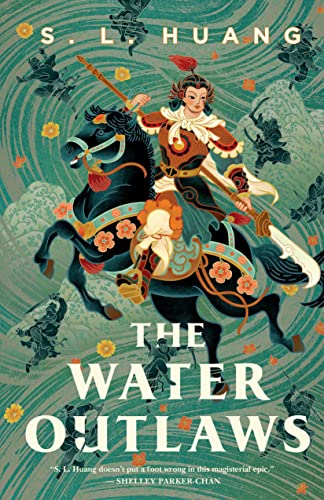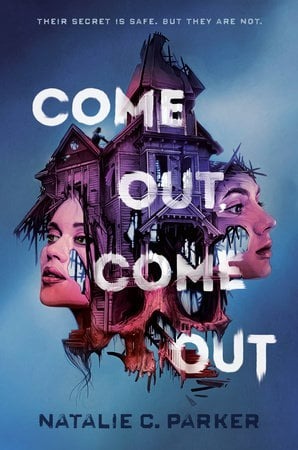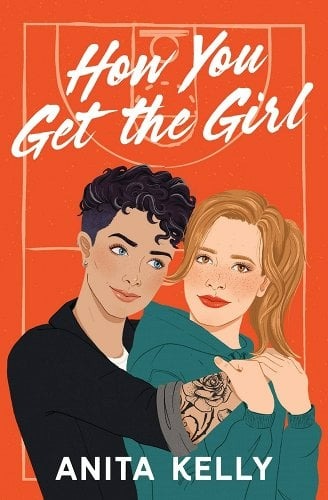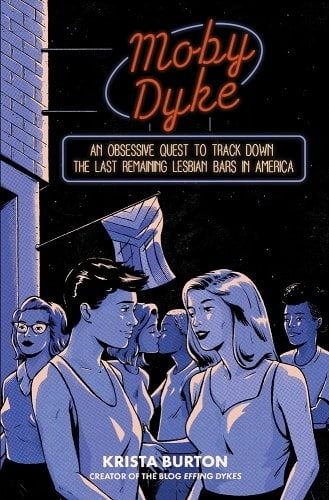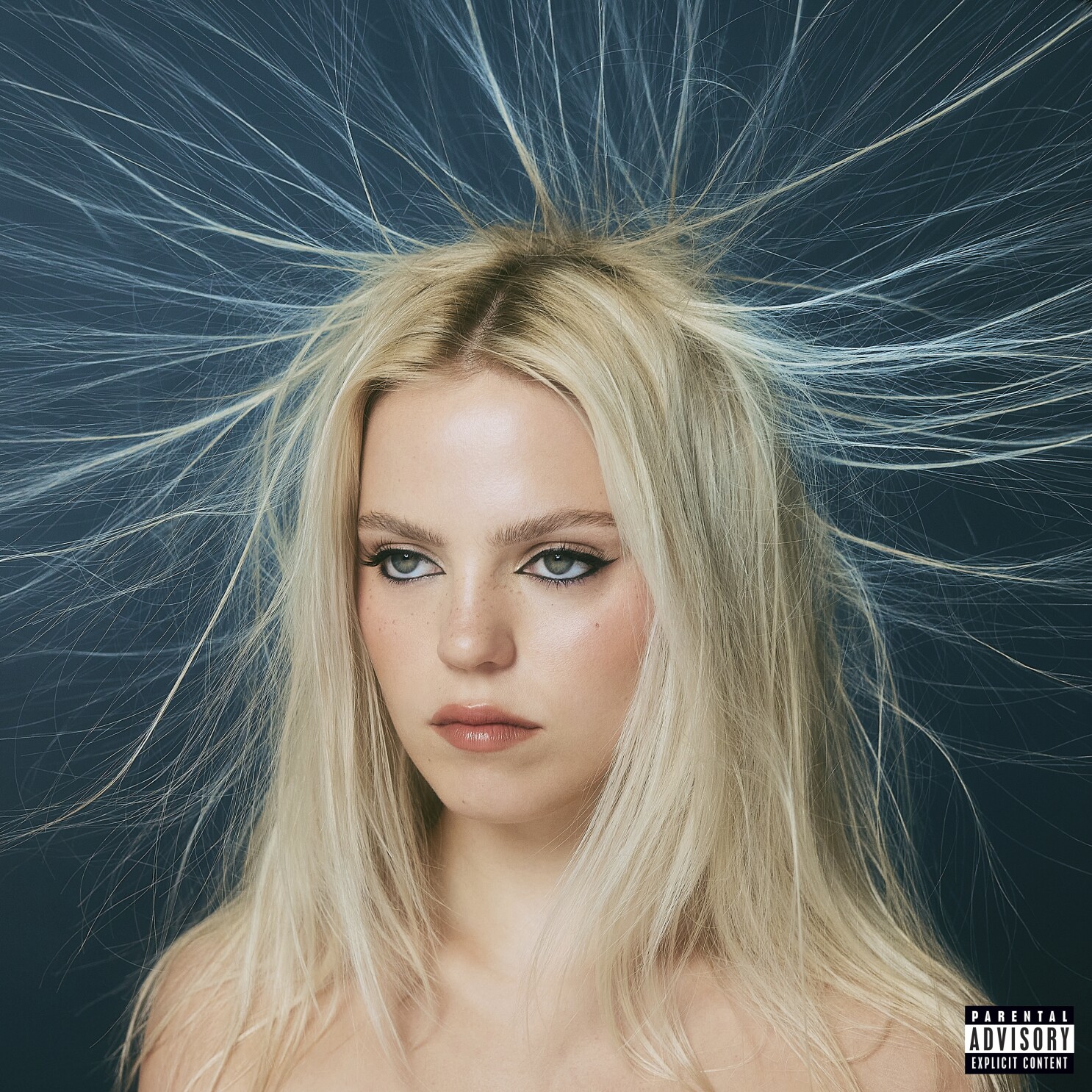When Cassie was in elementary school, she made friends with Ben, a ballet dancer who seemed unrestrained by gender norms. They quickly became inseparable, and in the world they created together at the creek, Cassie began to face her own queerness—until they were caught by judgmental classmates, and Cassie betrayed Ben. He left for anotherRead More
The Heights and Depths of Queer Trans Nostalgia: A/S/L by Jeanne Thornton Review
When Lilith, Sash, and Abraxa were teenagers in the late 90s, they ran a video game corporation together. They never actually sold a video game, but they worked on an incredibly ambitious text-based (ASCII) game together. Sash was the leader, the idea person who held everyone else to exacting standards. Lilith struggled to design gameRead More
Queer Bandits Fight Back: The Water Outlaws by S.L. Huang Review
The Water Outlaws by S.L. Huang is an action-packed, genderbent homage to a work of classic Chinese literature, but you don’t have to have prior knowledge of the source material to have a good time with these bandits. In Liangshan, a large group of bandits, mostly women, are forced to live outside the bounds ofRead More
The Perfect Pick for Queer Horror-Loving Teens: Come Out, Come Out by Natalie C. Parker
Now that we’re out of October, it’s time to move on from spooky books, right? Wrong. Now is the time to read all the books other people read during October and are rec-ing you. I read Come Out Come Out by Natalie C, Parker in only a couple of sessions, and I found it such an engagingRead More
Queer Joy at the IBD Support Group: The Year My Life Went Down the Toilet by Jake Maia Arlow
Buy this from Bookshop.org to support local bookstores and the Lesbrary! And you think you have a lot of crap to deal with! The Year My Life Went Down the Toilet by Jake Maia Arlow is the story of twelve-year-old Al Schneider, whose life is moving at far too fast a pace—and so are her intestines.Read More
Who is Worthy of Survival at the End of the World? On the Edge of Gone by Corinne Duyvis
Buy this from Bookshop.org to support local bookstores and the Lesbrary! I want to preface this with that I read this for my Bi Book Club and it turns out the bisexual character is a supporting one, not the main one. So I will focus this review on that relationship. This was a really goodRead More
Take a Shot on How You Get the Girl by Anita Kelly
Buy this from Bookshop.org to support local bookstores and the Lesbrary! While coaching East Nashville High’s girl’s basketball teen, Coach Julie Parker expects passionate players and quick springs, not for the star of her fantasies, ex-WNBA baller Elle Cochrane, to show up with the niece she’s fostering. Despite being all heart-eyed and tongue-tied, Julie convincesRead More
A Dazzling Debut: How Far the Light Reaches by Sabrina Imbler
Buy this from Bookshop.org to support local bookstores and the Lesbrary! I first learned about Sabrina Imbler (they/them) last year when my girlfriend and I traveled to Seattle to watch the UConn Women’s Basketball team compete in the Sweet 16. Whenever I travel, I like to visit a local bookstore, which is how we endedRead More
Moby Dyke: An Obsessive Quest To Track Down The Last Remaining Lesbian Bars In America by Krista Burton
Buy this from Bookshop.org to support local bookstores and the Lesbrary! This book really just had to live up to the title for me to love it, and it did. Krista Burton used to run a blog called Effing Dykes that I followed and enjoyed, so I knew I was already a fan of herRead More
All The Pretty Girls Read Sapphic Stories: More Readalikes for Reneé Rapp’s Snow Angel
If you have Reneé Rapp’s album Snow Angel playing on repeat, these are the sapphic books you need to read! Pick up the one that matches your favorite song, or get the whole stack if it’s too hard to pick. You can get a copy of any of these titles from your local bookstore orRead More


